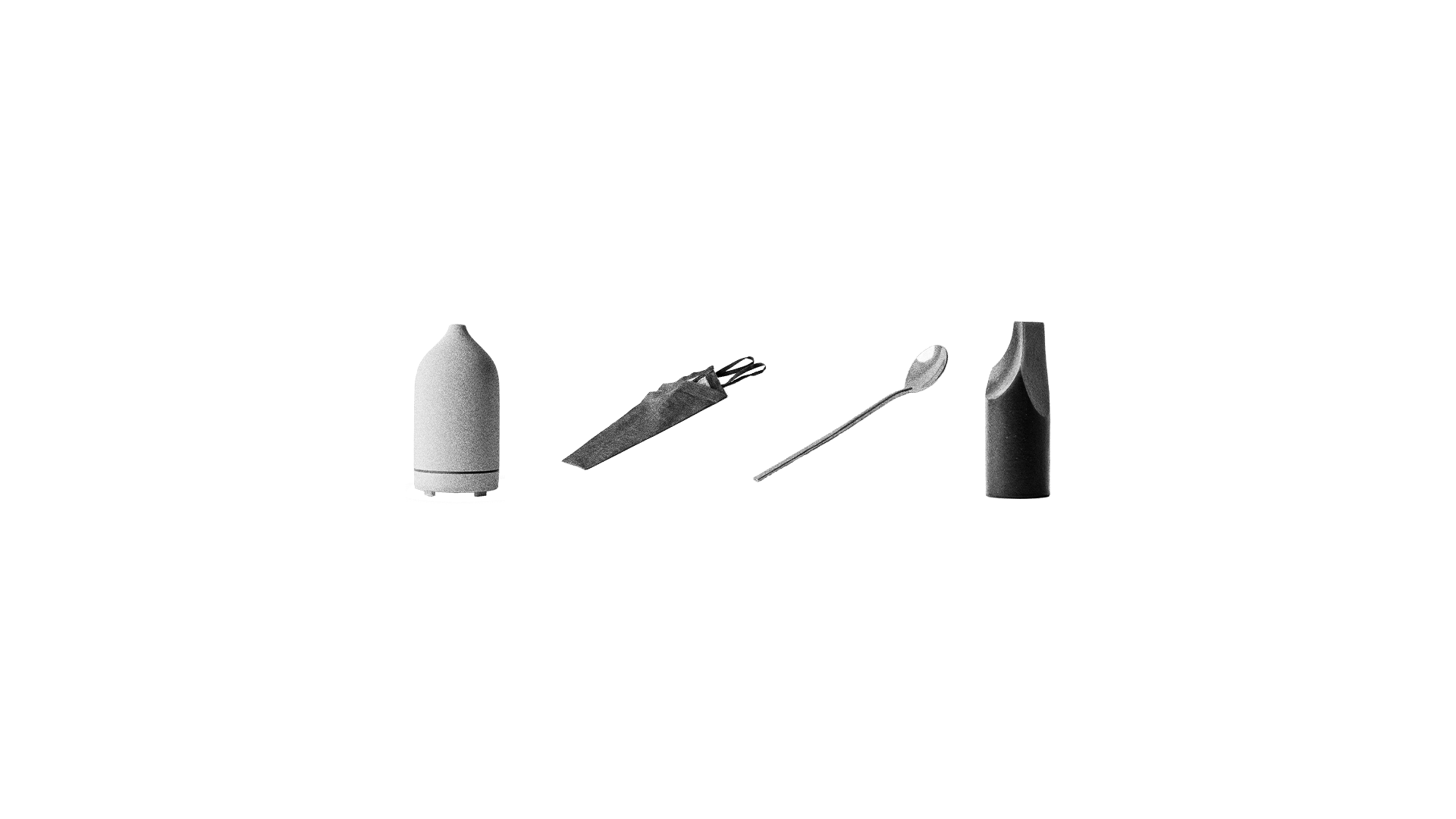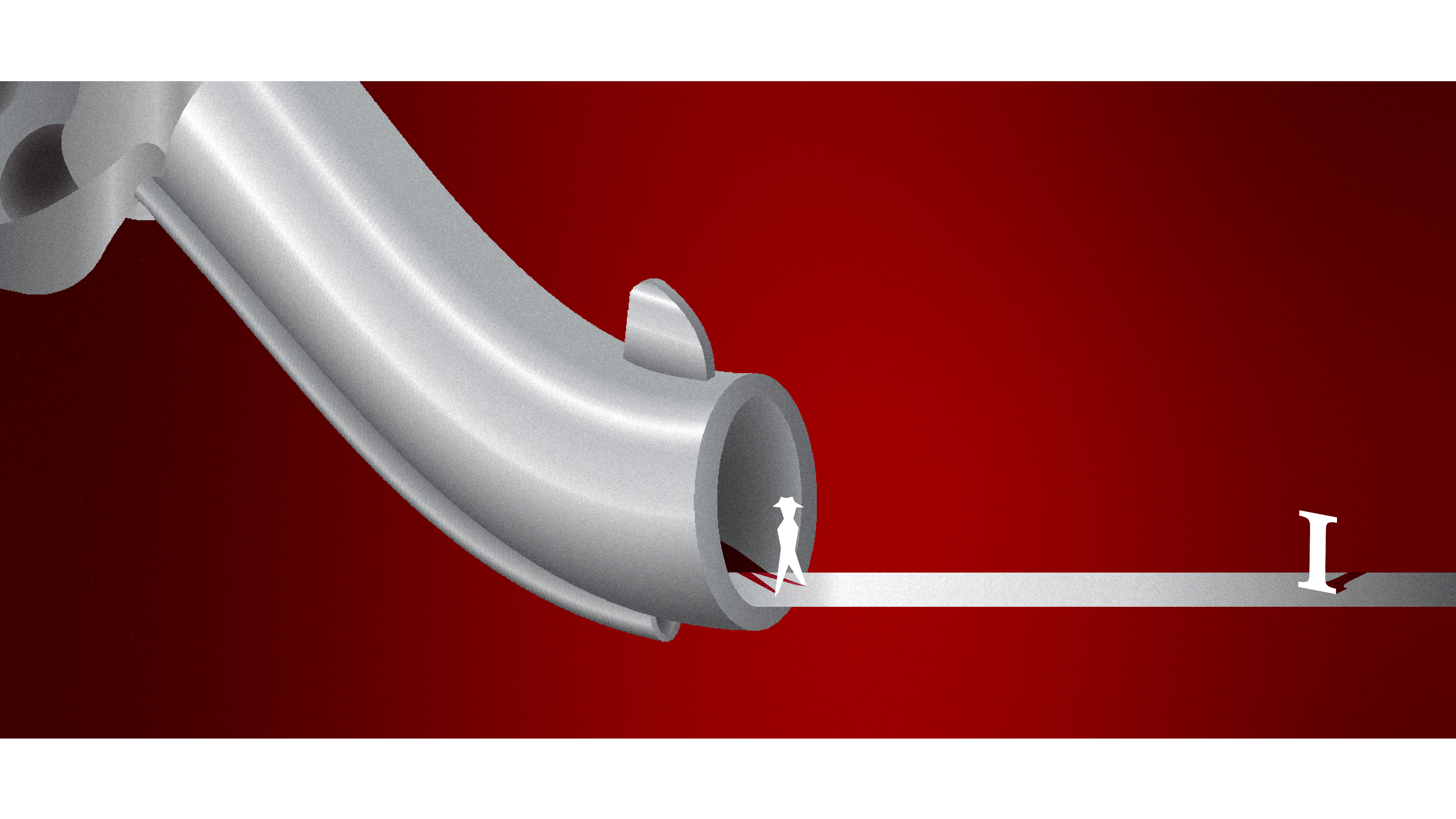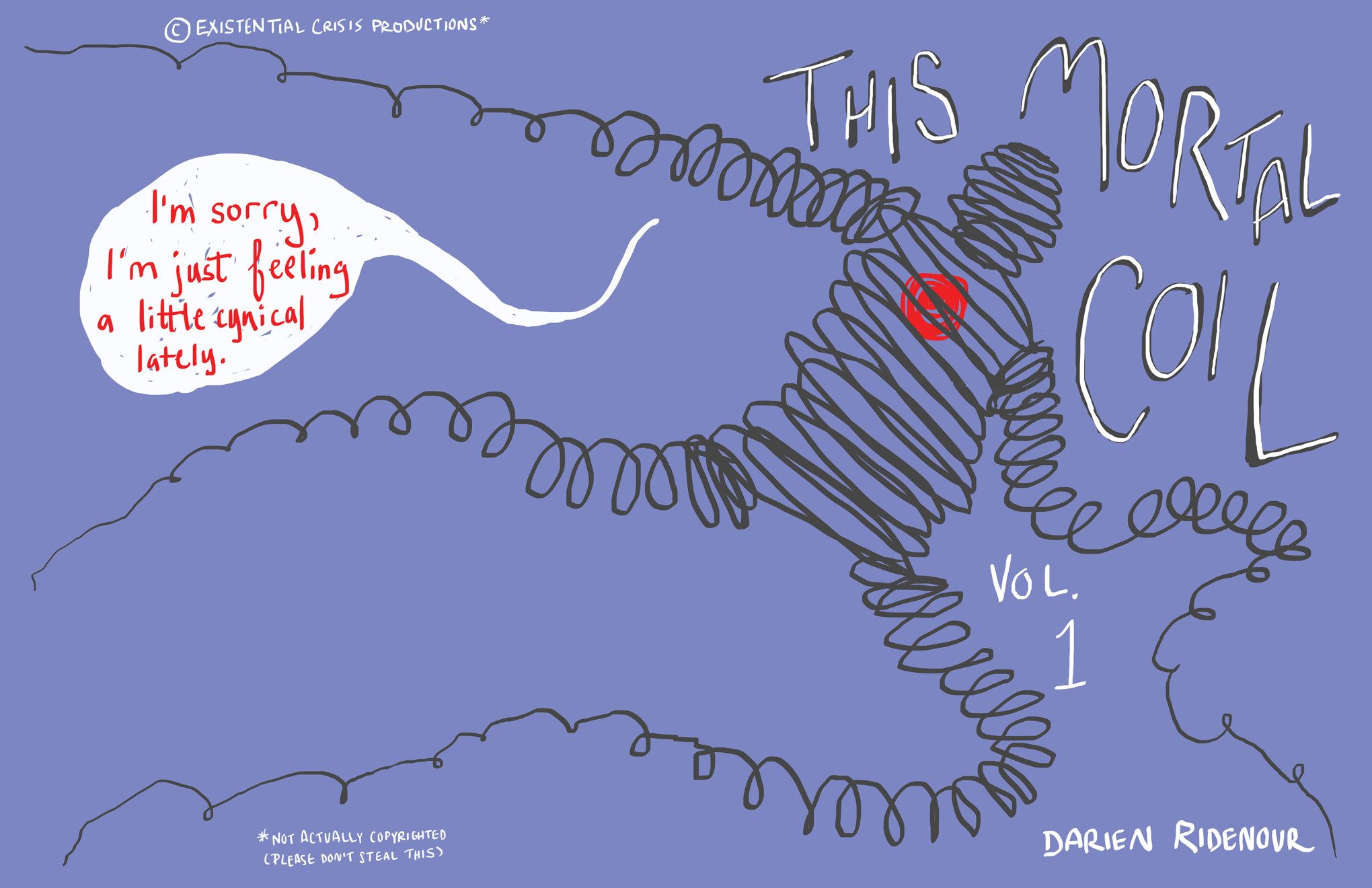Marie Kondo has had one hell of a decade. The queen of neatness became a household fixture for the organizationally challenged ever since the debut of her 2014 New York Times #1 bestselling book, “The Life-Changing Magic of Tidying Up,” which encouraged its readers to discard anything that didn’t “spark joy” — a catchphrase that has become synonymous with the Marie Kondo (KonMari) brand. In the midst of a cultural moment both concerned with excess and endlessly producing it, Marie Kondo’s aggressive take on decluttering was a welcome slap in the face. Here was a method of tidying that hinged not on guilt, but on establishing a better, more sustainable, more joyful life. But recently, Kondo and her brand set the all-too-familiar trap of other lifestyle brands: the life-changing magic of buying fancier things.
In 2019, Netflix debuted a reality series titled “Tidying Up With Marie Kondo,” in which a smiling Kondo helped a variety of people declutter their homes and, subsequently, their lives. Across media, Marie Kondo encouraged a lifestyle that aggressively rejected excess, but with a level of reverence that was rare. Kondo’s Netflix show struck a strong chord with clutter-prone viewers, which often came as a surprise to people who otherwise would have scoffed at such detailed organizing.
“I didn’t get into the KonMari craze at all when it originally landed in book form,” confesses Estelle Tang in a piece about “Tidying Up” for Elle. “Yet as Kondo systematically helped her clients comb through forgotten corners and cull excess, I did feel an itch to get up and do it myself.” I remember a friend of mine confessing to me, shocked, that she had begun folding all of her thongs after watching “Tidying Up.” All of them!
The popularity of Kondo’s book and show established an enormous sphere of influence around this particular brand of organization, called the KonMari Method. The KonMari Method was largely concerned with getting rid of items — asking yourself if any given item “sparks joy” in your life, and if it doesn’t, toss it. This is all to be done in a specific style: declutter by category, not location; do it all in one go, not in rounds; declutter first, organize second. The KonMari Method even has a specific way of folding that is meant to optimize the organization of your items and the ease with which you can access them. Following these simple rules was advertised as a way to train yourself to, as the KonMari website states, be more “mindful, introspective and forward-looking.”
Overall, the KonMari Method seems harmless. Will throwing out excess junk change every aspect of my life for the better? Unlikely, but it couldn’t hurt. The KonMari Method felt like a welcome change of pace from the ever-seductive pull of buying things, a lifestyle brand more concerned with overall happiness than the quick rush of accumulation. You didn’t even necessarily have to buy her book; searching for the KonMari Method on Google yielded everything you needed to know.
Only the essentials
Things changed in late 2019 when Marie Kondo opened KonMari.com, a Marie Kondo lifestyle website that included, among other things, a store. The page’s dropdown menu promised to offer items that “spark joy” for Kondo and will “enhance your everyday routine.” But this didn’t make sense. Wasn’t the KonMari Method all about getting rid of things, not buying new things? What was going on?
A quick browse through the KonMari store yielded a wide array of confusingly expensive items. Under the subcategory of “Tidying and Organization,” I found a “Small Wooden Tray” ($119), a “Large Rattan Basket” ($208) and, most confusing of all, a “Computer Brush” ($35) that looked like it should be used to groom horses. The more I looked, the more bizarrely specific the items became (what in the world is “Now Or Never Motivation Mist,” and why is it $27?). But the more I searched, the items for sale — and the KonMari brand itself — began feeling all too familiar.
Marie Kondo, her KonMari Method, and the new KonMari store are all aspects of a singular lifestyle brand — one that promises that a simple activity or product will lead to a better life. Lifestyle branding isn’t new; companies have been concocting the fantasy of elevated living for centuries. “Early lifestyle brands were gatekeepers that informed us of our stations in life and how to act within them,” writes Jasmine Bina in a piece for Medium.
What has changed over time is the balance of this relationship between consumer and lifestyle brand. “As a culture,” Bina continues, “we moved from interacting with brands as vehicles of self-labeling to vehicles of self-expression,” or even, as she adds later, “self-discovery.” There still existed the promise of clout, of belonging, but now the relationship between consumer and brand was treated as intrinsically personal, dictated largely by that individual’s self-expression and journey to empowerment through purchasing goods.
That isn’t necessarily all bad. Marie Kondo’s focus on the search for personal joy — that anything that doesn’t elicit pure happiness must be discarded — isn’t the worst philosophy to align yourself with. But even if a brand’s lifestyle message sounds great on paper, a lifestyle brand is still a brand. That means that it isn’t enough to adhere to the movement. To fully participate, you must purchase products that are advertised as the essential toolkit for an individual consumer’s personal growth.
Essentialism is also necessary for the pared-down aesthetic that KonMari encourages. The KonMari Method is first and foremost a movement to declutter, to create a streamlined, minimalist environment of only the most joy-bringing items in your life. By virtue of that, the products for sale on KonMari must also adhere to this aesthetic — they’re simply designed, made from unbleached fabric and woven wood. They adhere to a color palette that favors gold, beige, and gray. Above all, these products must be necessary. That way, it might feel easier to click on “bath essentials” and find a “Linen Waffle Bath Towel” priced at $74. Purchasing this item is presented as a way of adhering to the minimalist, intentional consumerist lifestyle that KonMari promotes.
A “healthy” alternative
For consumers concerned with the impact their purchases have on the environment, a brand that advertises a message of intentional purchasing — of buying fewer, more utilitarian things — is a welcome option. Concern over the impact of clothing purchases, in particular, is certainly warranted; A 2018 Forbes article reported that the fashion industry produces 92 million tons of waste every year, 4% of the world’s yearly waste. A separate 2018 article in The New York Times revealed that the popular fast fashion brand H&M has generated a $4.3 billion pile of unsold clothing.
At first, the popular lifestyle mantra of owning fewer, more precious things, sounds like a step in the right direction for individual consumers who want to avoid waste. But the very real preoccupation over sustainability and waste accumulation also opens the door for lifestyle brands that are more than happy to advertise their pared-down aesthetics as “clean,” “natural,” and even “sustainable” without defining their terms. Using these buzzwords situates brands alongside their target consumers — people concerned about the environment and their impact through consumerism — while still encouraging the purchasing of more goods.
Perhaps the most notorious example of this kind of lifestyle branding is Goop, the cosmetics company created by actress-turned-business-mogul Gwenyth Paltrow. Goop is particularly focused on “wellness,” which is confusingly similar to “lifestyle” but often conerns the body, sex, and health. Goop’s branding is similarly minimalist, though more colorful, and, like KonMari, it purports to be interested in intentional purchasing above all else.
“We believe every choice counts,” Goop declares on its About page. “We also believe in buying fewer things that are better, which is why we both make and curate incredible products, across beauty, fashion, wellness, and home.” Much like Marie Kondo’s assertion that we shouldn’t hold onto items we don’t absolutely love, this statement doesn’t sound half bad. Why wouldn’t I want to invest in a smaller, nicer collection of items rather than bloat my closet with things I won’t wear?
But the products seen as “essential” for Goop and other lifestyle/wellness hybrid brands frequently stray from more splurge-worthy products. Goop is deft at creating a demand for intentionally outrageous items, such as its most notorious product: the jade Yoni Egg ($66), meant to be inserted in the vagina. Goop was subsequently sued for $145,000 for “unsubstantiated” marketing claims — according to Vox, Goop had advertised that the Yoni Egg could “balance hormones, regulate menstrual cycles, prevent uterine prolapse, and increase bladder control.”
The concept of health within a lifestyle brand is intentionally vague so that it’s easy to stick onto any number of products. That is the intrinsic appeal of these items — they promise a blurry ideal of “health” that is free of definition, so it could mean anything. Buying a vibrator could be “healthy” for my sexual life, or for my soul, I suppose. But that’s up to me to decide on my own. All I am told through this experience is that my purchase of a Goop-approved item means that I am aligned with the brand’s philosophy of self-aware, intentional purchasing. Not only that, but I must purchase these items to fulfill this lifestyle goal.
While these products attempt to suggest an ideal consumerist life — one in which each purchase is made intentionally — the purpose of these items isn’t utility at all. Their implicit worth lies in the lifestyle they are associated with. The elevated price is a component of a larger message: The consumer who purchases this item belongs to a certain class of people, both financially and spiritually. The item’s usefulness resides in the performance of usefulness. Recently, Goop released a candle — with notes of geranium, bergamont, and cedar — that Gwenyth Paltrow claims smells like her vagina. I doubt the candle truly smells like Paltrow’s vagina, but it doesn’t matter. The carefree, erotic message this object promotes is the real reason someone would buy it.
So, does this spark joy?
Perhaps it is unsurprising that Marie Kondo launched her own lifestyle store, replete with the very same kind of items found on Goop or any number of other lifestyle and wellness brands. The KonMari Method was even featured on Goop’s website, with an admittedly helpful series of images demonstrating the appropriate way to fold different kinds of clothing. But at the bottom of the webpage, I was encouraged to “shop the story” — six hyperlinks were waiting for me, offering an assortment of items ready for purchase (including an “Oro Champagne Gold Box” for $70 and a “Maya Large Tideline Basket” for a whopping $300).
While KonMari doesn’t offer items as provocative as a vagina-scented candle — or, more notoriously, a jade egg — the brand still promotes the same message of consumer-driven self-improvement as other companies. The existence of KonMari doesn’t necessarily devalue Marie Kondo’s method of tidying up, but it does complicate it. And for her fans, it will become increasingly important to recognize the hypocrisy in peddling a brand that treats both decluttering and consumerism as equally essential to a better life.






















